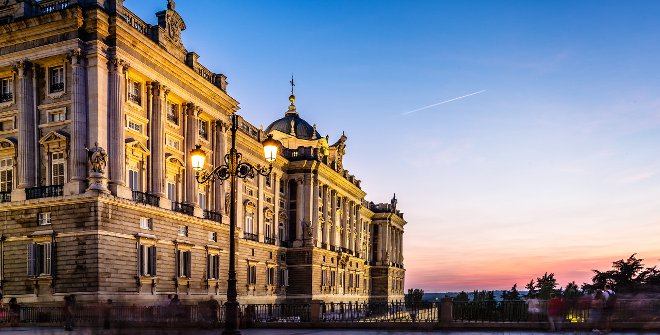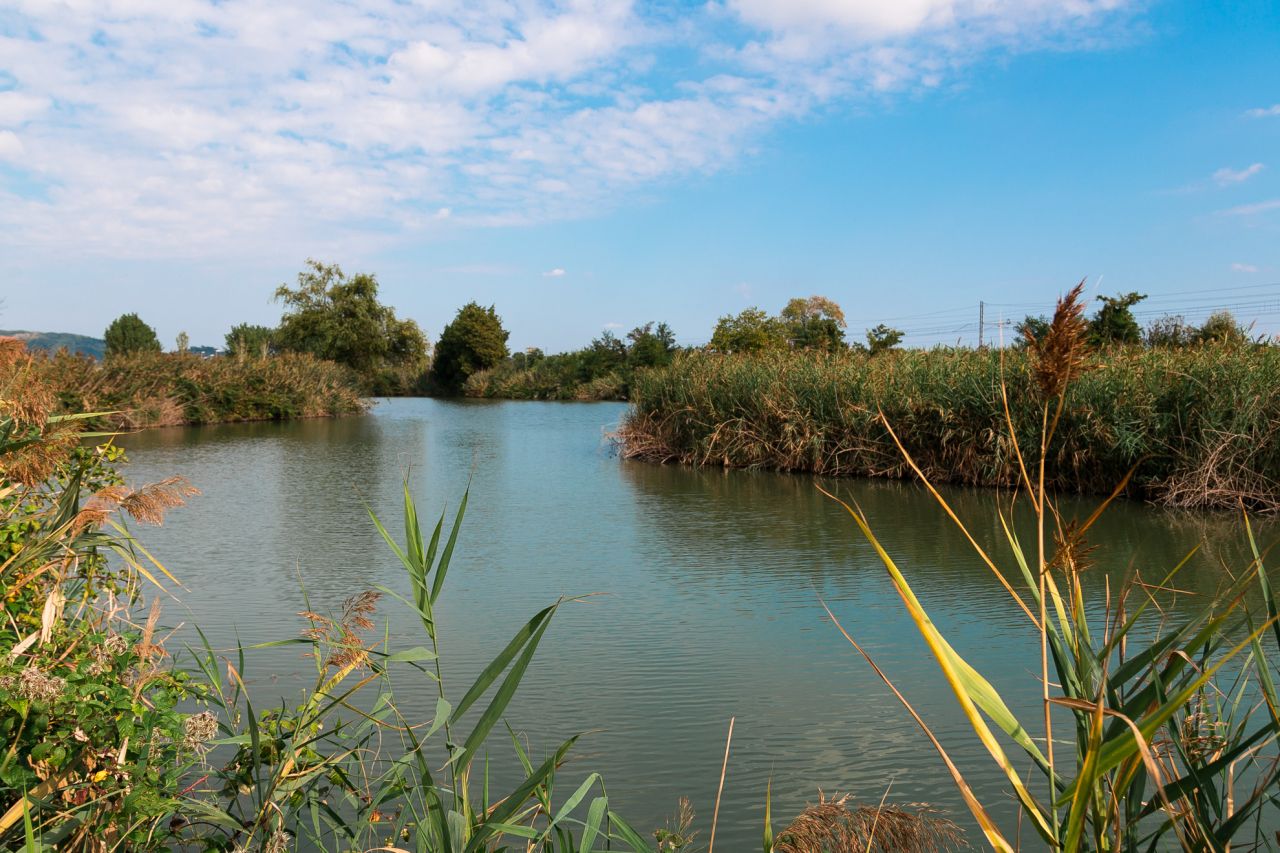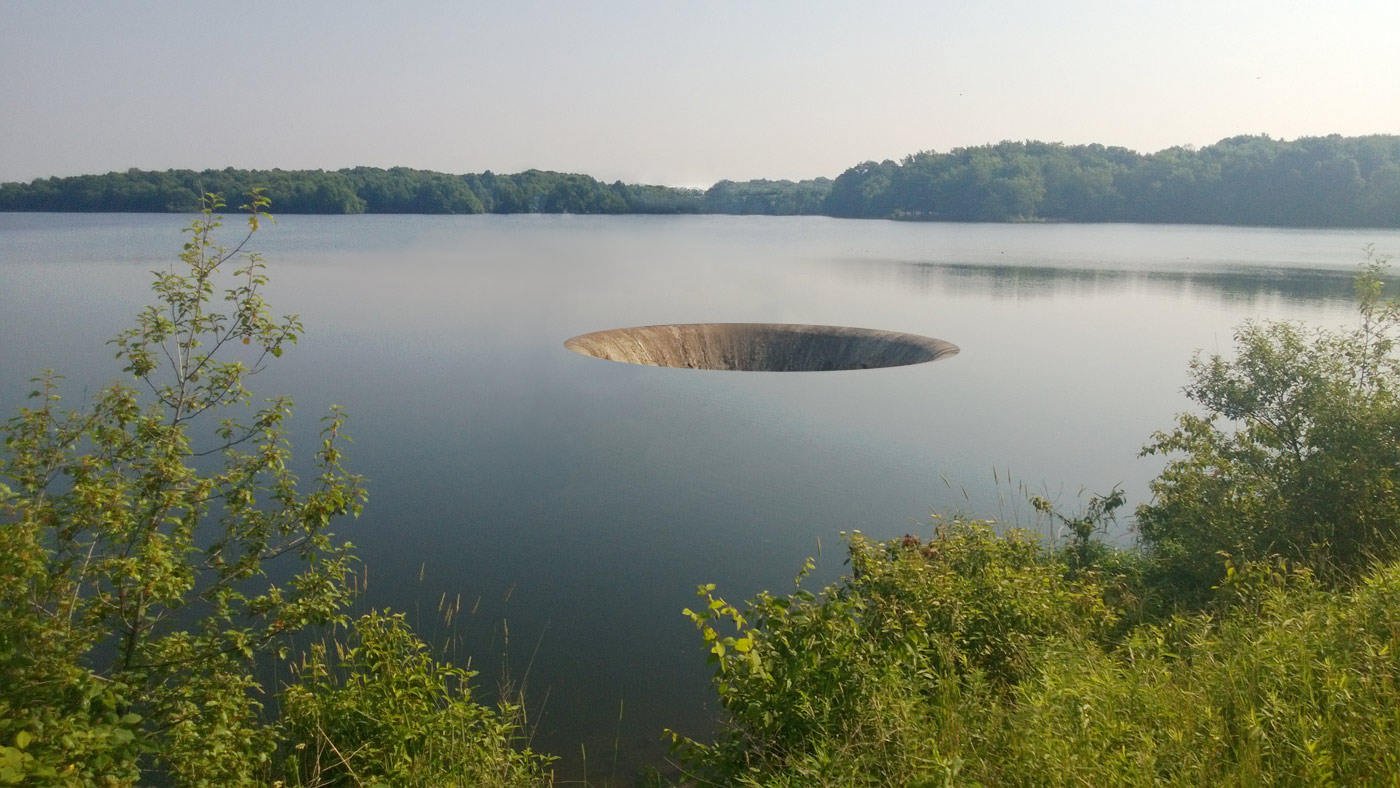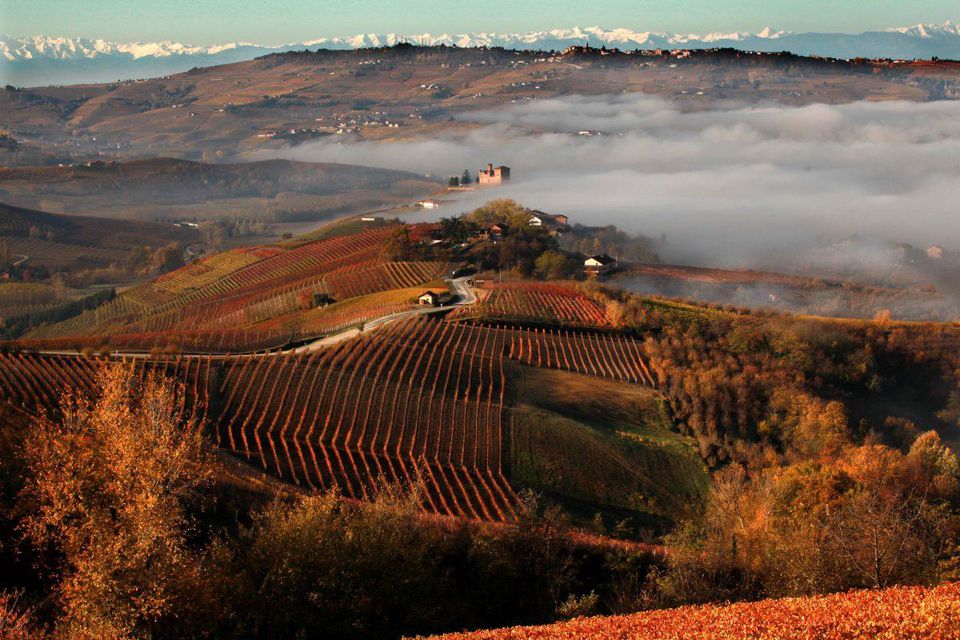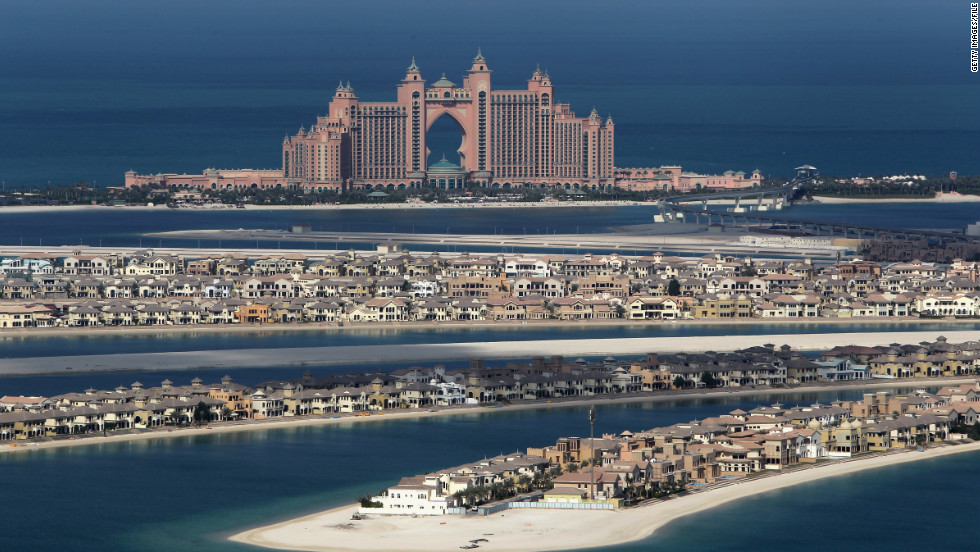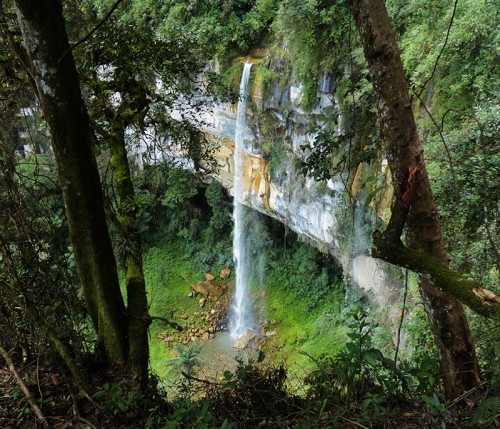The Palacio Real, or Royal Palace, is the largest building in Madrid and perhaps the most beautiful. It is the official residence of the Spanish royal family in the city of Madrid, but is only used for state ceremonies, and may come as a surprise to our readers to know that the Royal Palace of Madrid is, after the Royal Palace of Caserta, the largest royal palace in the world.
Royal residence from Charles III to Alfonso XIII, the Royal Palace of Madrid offers us a journey through Spanish history.
Long before Madrid became the capital of Spain, Emir Mohamed I built in Magerit (Arabic name of the city) a fortress to defend Toledo from the advance of Christians. This building was occasionally used by the kings of Castile until, in the 14th century, it became what will later be known as Antiguo Alcázar. Charles I and his son Philip II transformed the fortress into the permanent residence of the monarchs, but in 1734 a fire destroyed the building and, on its remains, Philip V ordered the construction of the current palace.
Although initially Philip Juvara was commissioned, it was his pupil, Juan Bautista Sachetti, who took care of the final plans after the death of the first. Seventeen years have passed since the foundation stone was laid in 1738, to see the work commissioned by Philip V completed. Charles III – known by his nickname of "the king mayor" for the numerous reforms and initiatives he developed in the city – was the first monarch to live in the palace and complete its decoration.
The building is inspired by Bernini’s sketches for the construction of the Louvre in Paris.
Among the more than 3,000 rooms at the Palacio Real in Madrid are the Escalera Principal, designed by Sabatini with more than 70 steps, El Salón del Trono, with a ceiling painted by Tiepolo, El Salón de Alabarderos and Capilla Real, to which belongs a collection of stringed instruments made by the legendary Antonio Stradivari.
